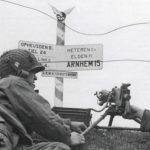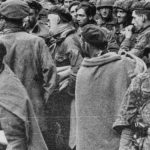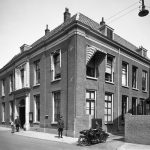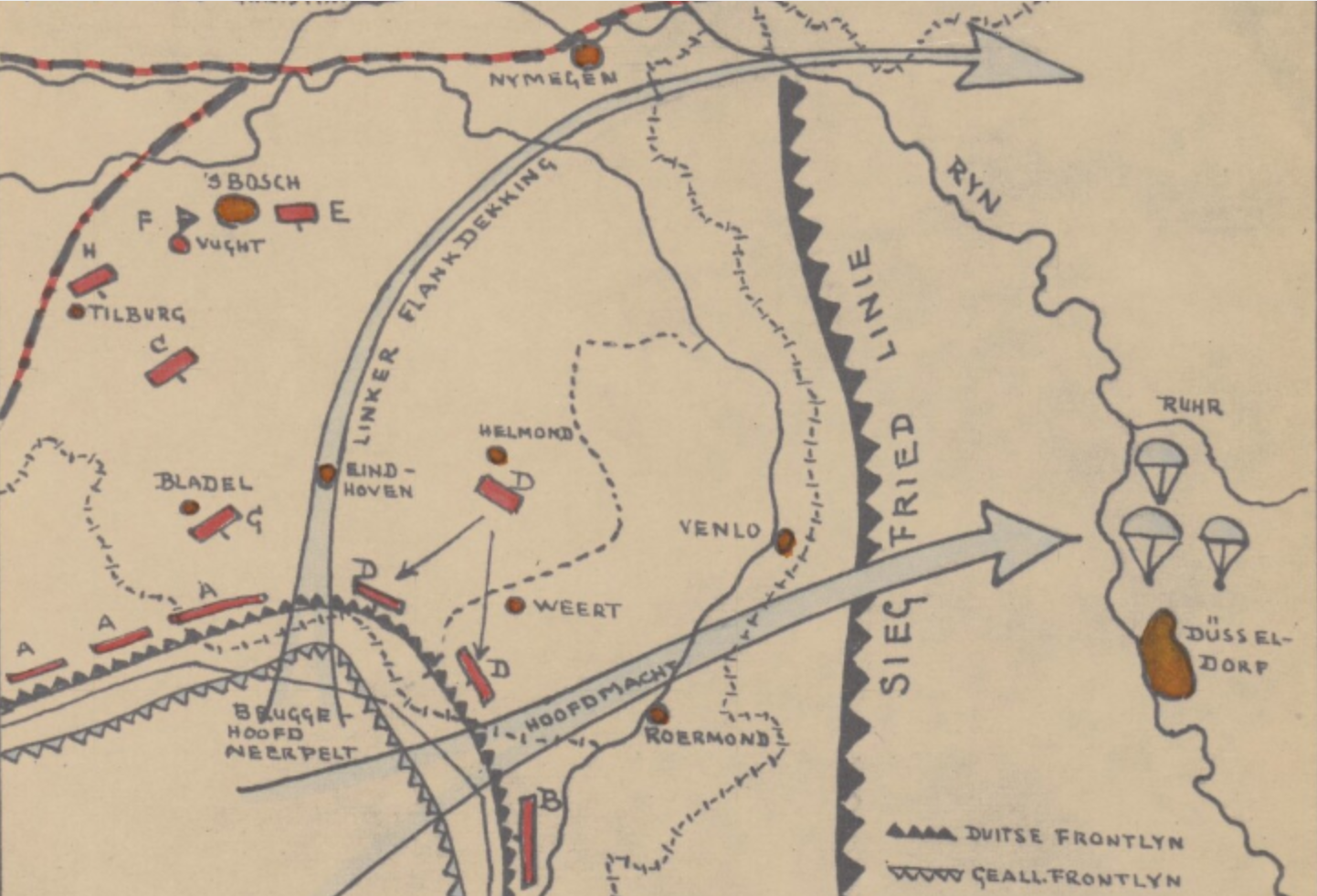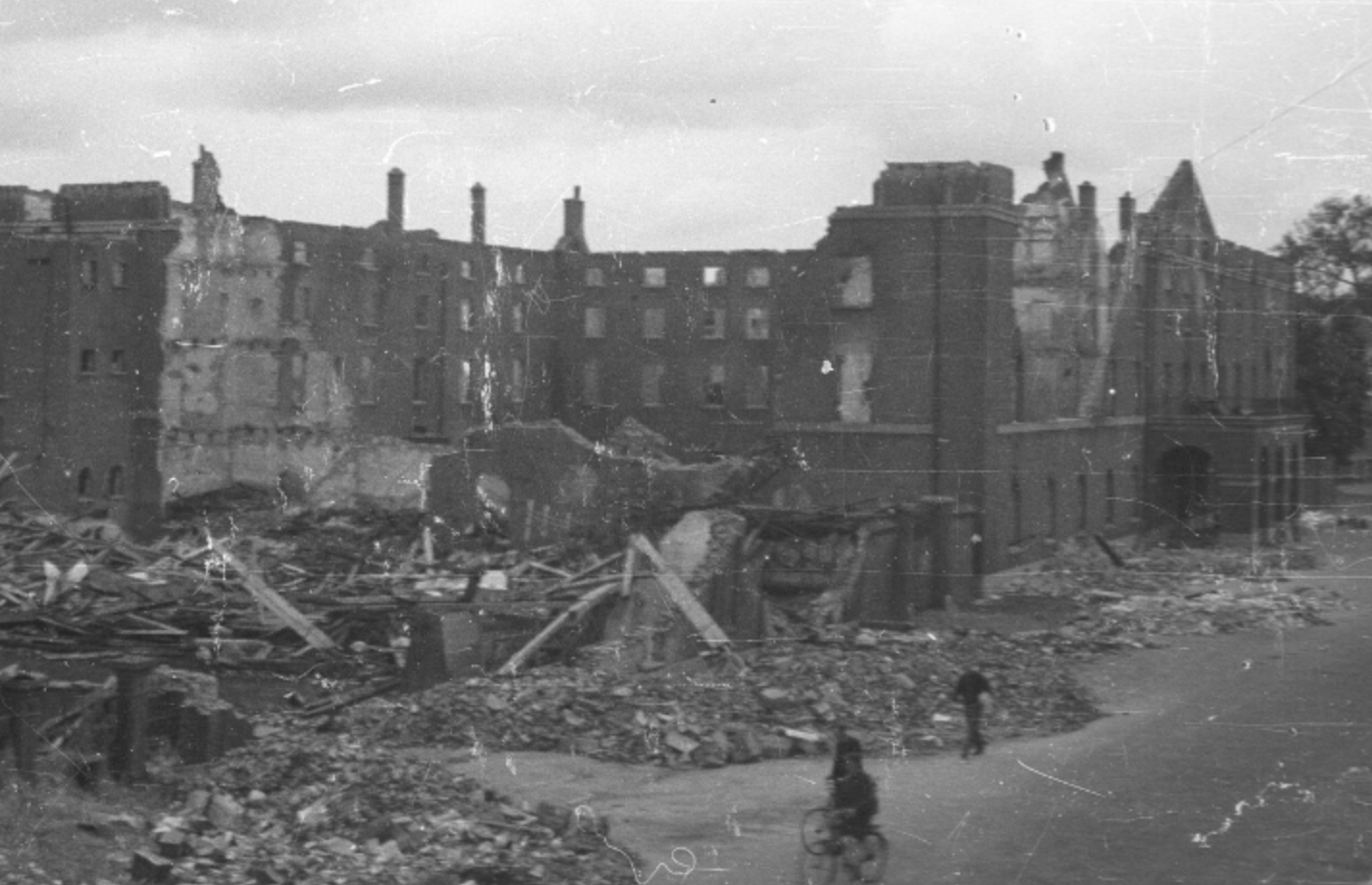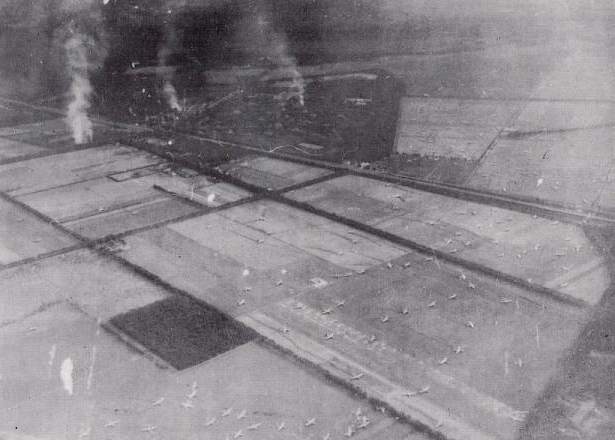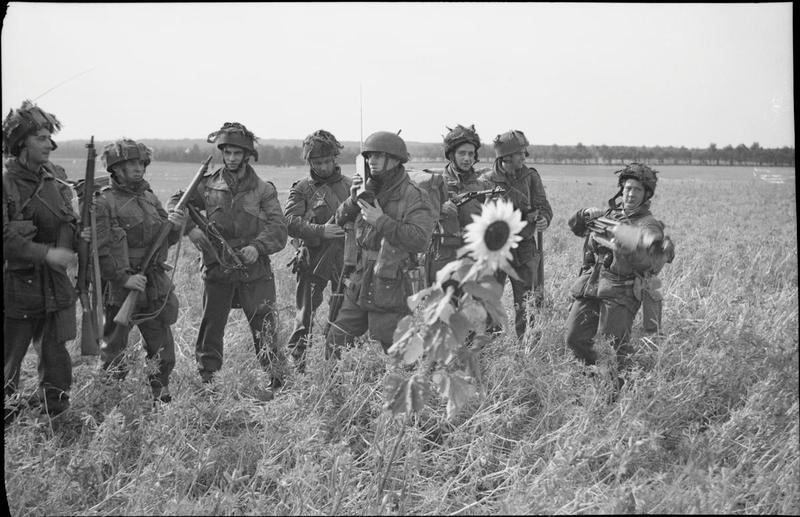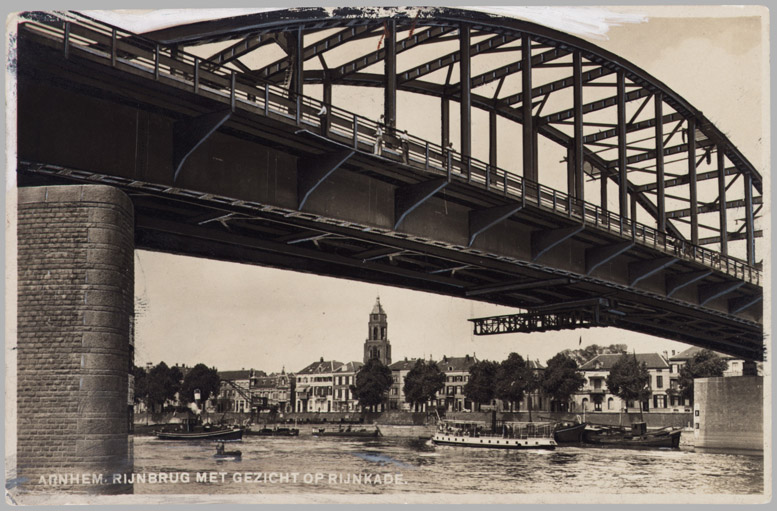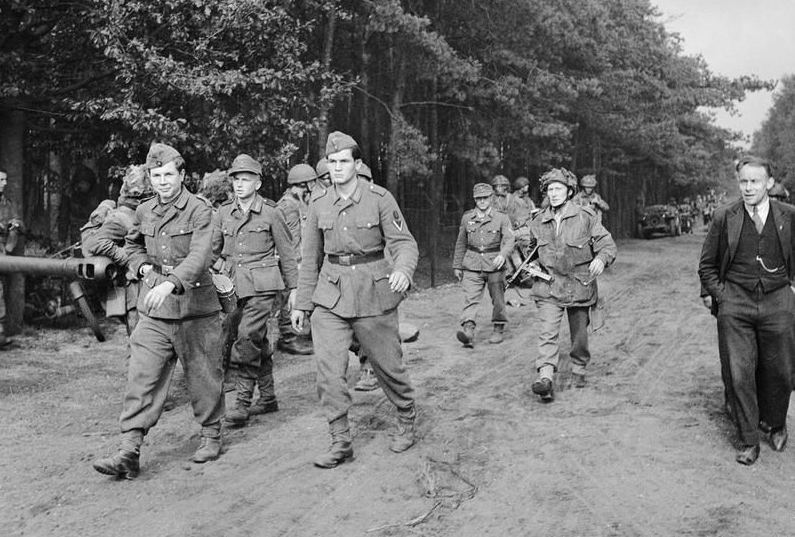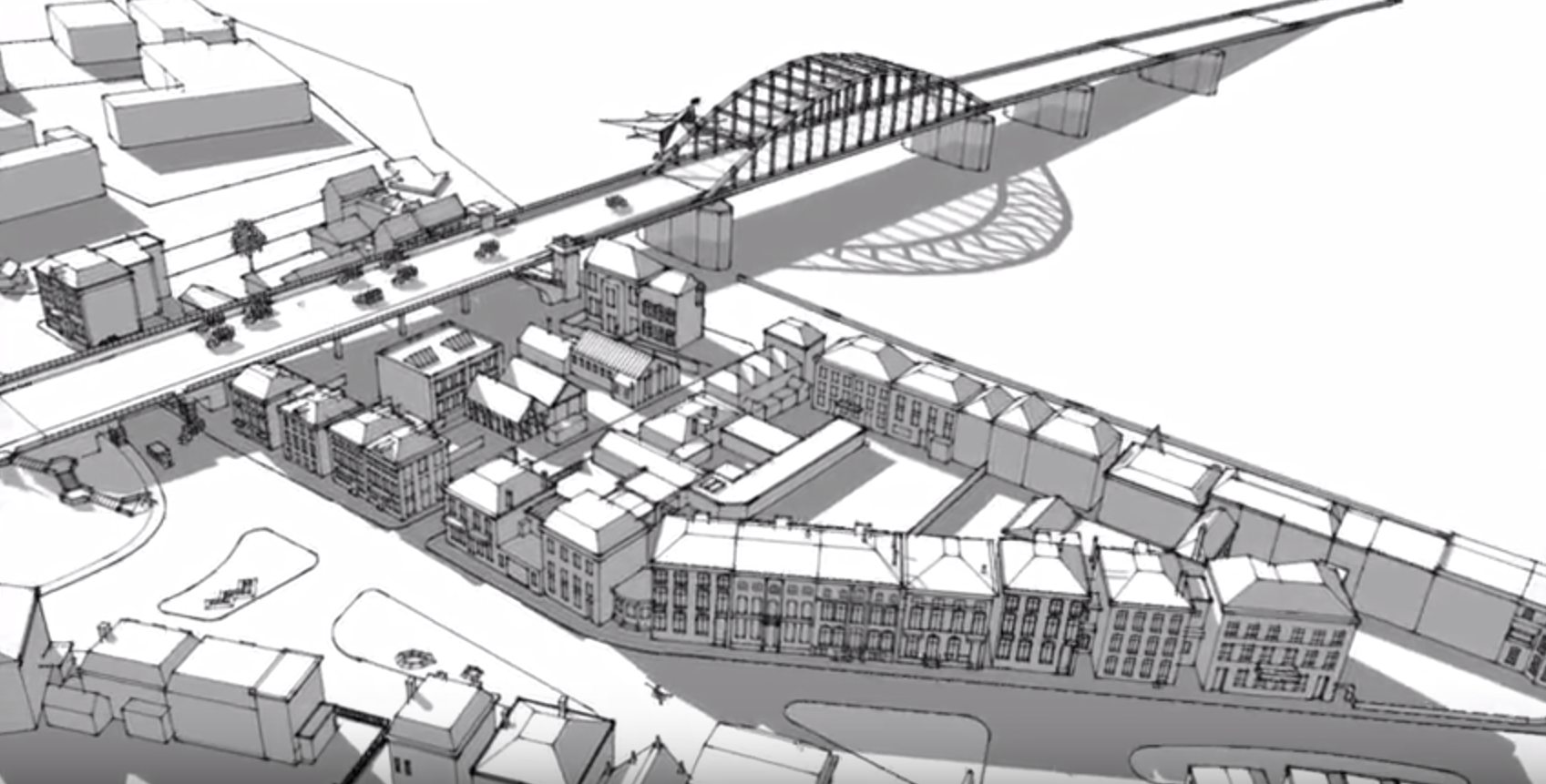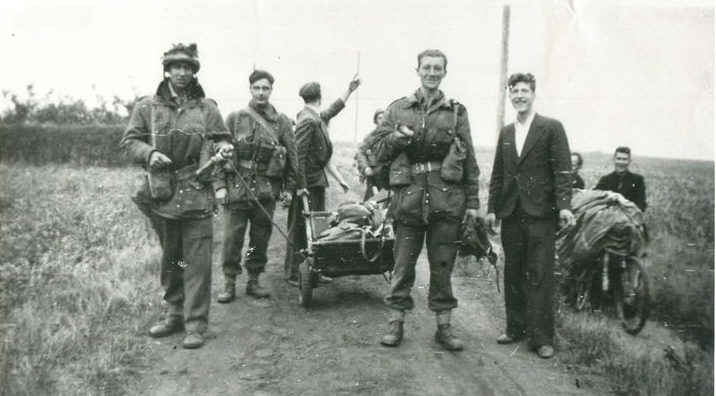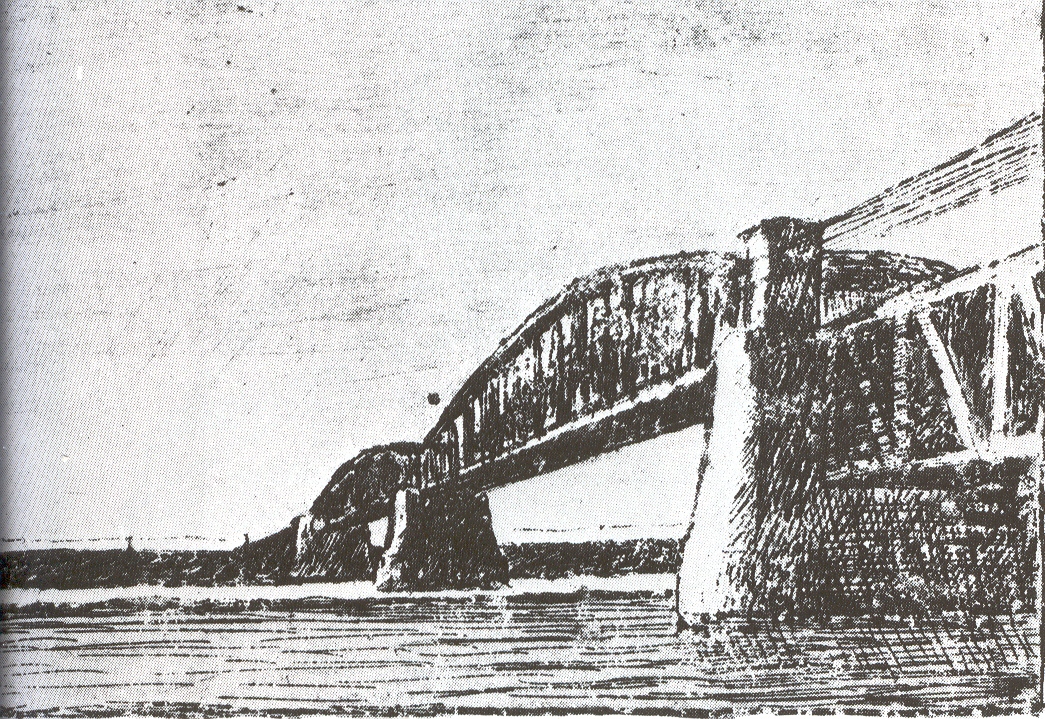The precursor to Market Garden: Operation Comet
“Thank God Operation Comet was called off. It would have been a disaster.” British General Shan Hackett’s assessment of Operation Comet is clear. Hackett and Polish General Stanislav Sosabowski strongly opposed the plan underlying Operation Market Garden. ‘Operation Comet’ is the name of a plan that British General Bernard Montgomery came up with on September…


